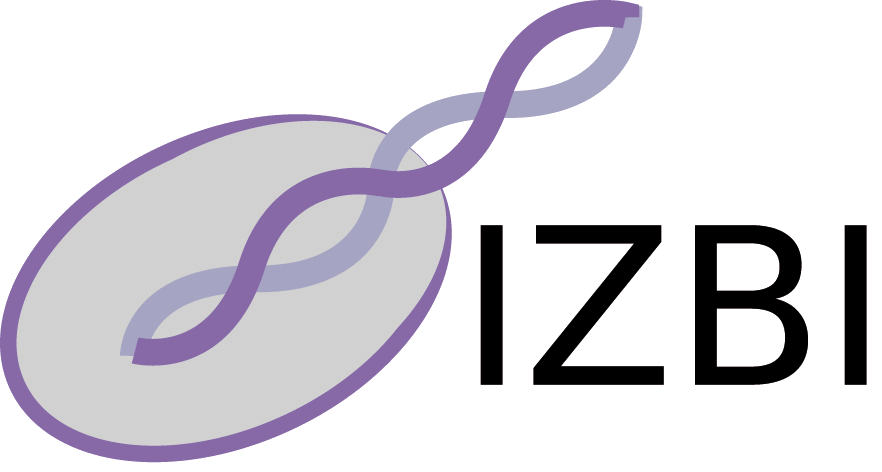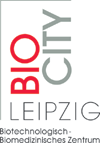Publications - Published papers
Please find below publications of our group. Currently, we list 565 papers. Some of the publications are in collaboration with the group of Sonja Prohaska and are also listed in the publication list for her individual group. Access to published papers ( ) is restricted to our local network and chosen collaborators.
If you have problems accessing electronic information, please let us know:
) is restricted to our local network and chosen collaborators.
If you have problems accessing electronic information, please let us know:
 ) is restricted to our local network and chosen collaborators.
If you have problems accessing electronic information, please let us know:
) is restricted to our local network and chosen collaborators.
If you have problems accessing electronic information, please let us know:©NOTICE: All papers are copyrighted by the authors; If you would like to use all or a portion of any paper, please contact the author.
Near Intron Pairs and the Metazoan Tree
Jörg Lehmann, Peter F. Stadler, Veiko Krauss
Download
Status: Published
Mol. Phylogenet. Evol. 66(3):811-823 (2013)
Abstract
Gene structure data can substantially advance our understanding of metazoan evolution and deliver an independent approach to resolve conflicts among existing hypotheses. Here, we used changes of spliceosomal intron positions as novel phylogenetic marker to reconstruct the animal tree. This kind of data is inferred from orthologous genes containing mutually exclusive introns at pairs of sequence positions in close proximity, so-called near intron pairs (NIPs). NIP data were collected for 48 species and utilized as binary genome-level characters in maximum parsimony (MP) analyses to reconstruct deep metazoan phylogeny. All groupings that were obtained with more than 80% bootstrap support are consistent with currently supported phylogenetic hypotheses. This includes monophyletic Chordata, Vertebrata, Nematoda, Platyhelminthes and Trochozoa. Several other clades such as Deuterostomia, Protostomia, Arthropoda, Ecdysozoa, Spiralia, and Eumetazoa, however, failed to be recovered due to a few problematic taxa such as the mite Ixodes and the warty comb jelly Mnemiopsis. The corresponding unexpected branchings can be explained by the paucity of synapomorphic changes of intron positions shared between some genomes, by the sensitivity of MP analyses to long-branch attraction (LBA), and by the very unequal evolutionary rates of intron loss and intron gain during evolution of the different subclades of metazoans. In addition, we obtained an assemblage of Cnidaria, Porifera, and Placozoa as sister group of Bilateria + Ctenophora with medium support, a disputable, but remarkable result. We conclude that NIPs can be used as phylogenetic characters also within a broader phylogenetic context, given that they have emerged regularly during evolution irrespective of the large variation of intron density across metazoan genomes.
Keywords
intron evolution, molecular phylogenetics, maximum parsimony, metazoan phylogeny, Ecdysozoa, rare genomic changes
Note
doi:10.1016/j.ympev.2012.11.012















